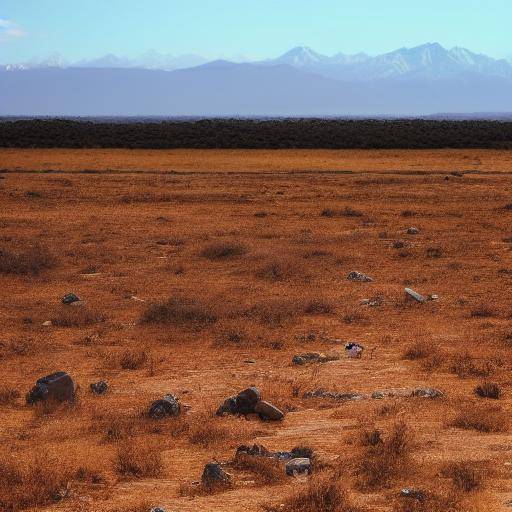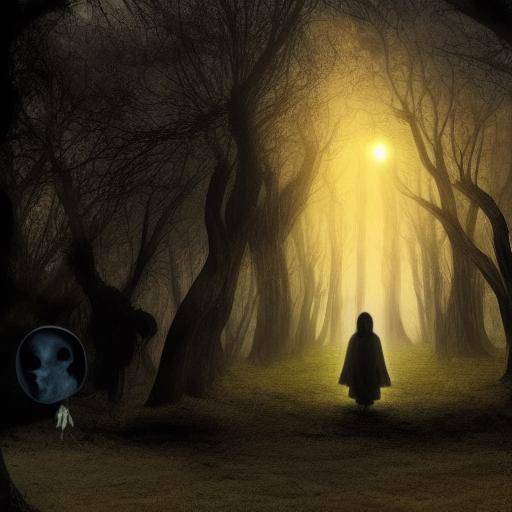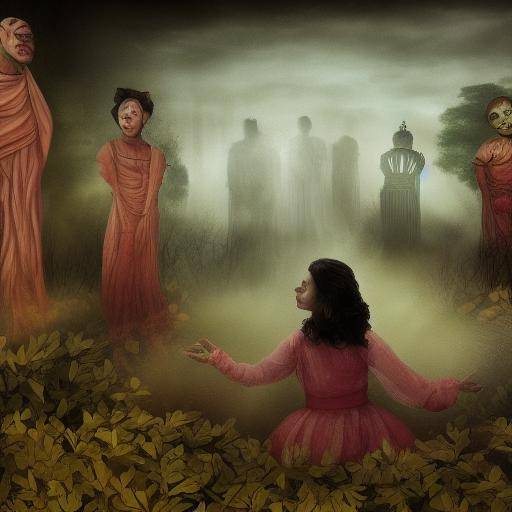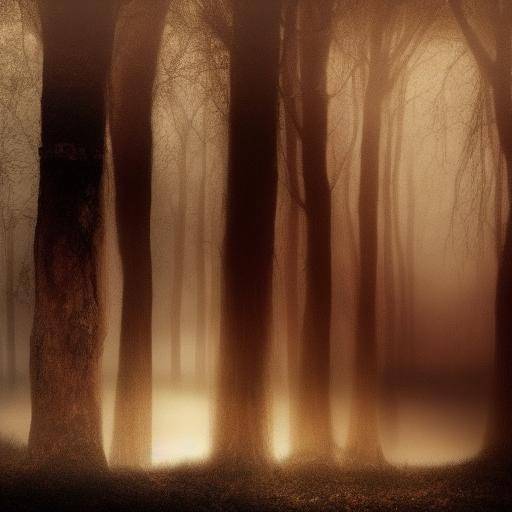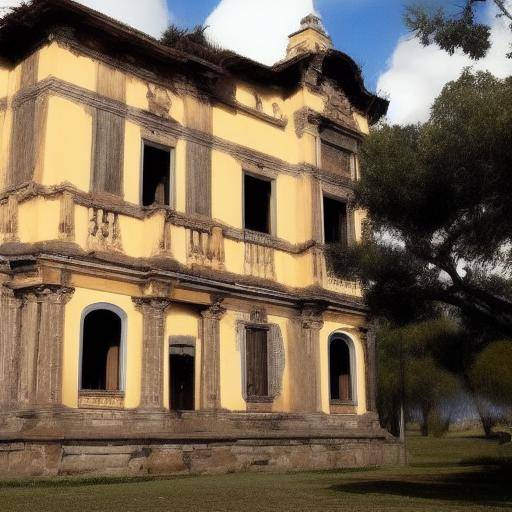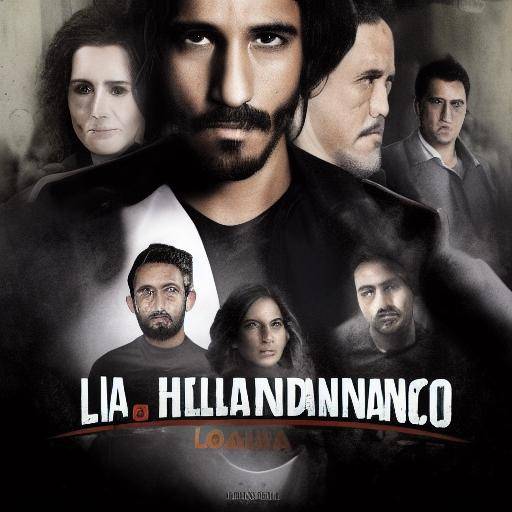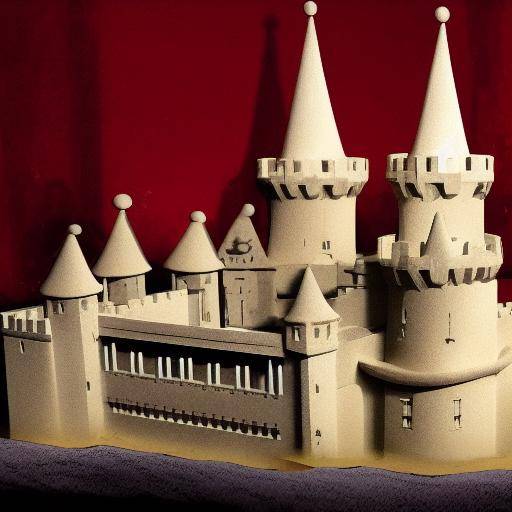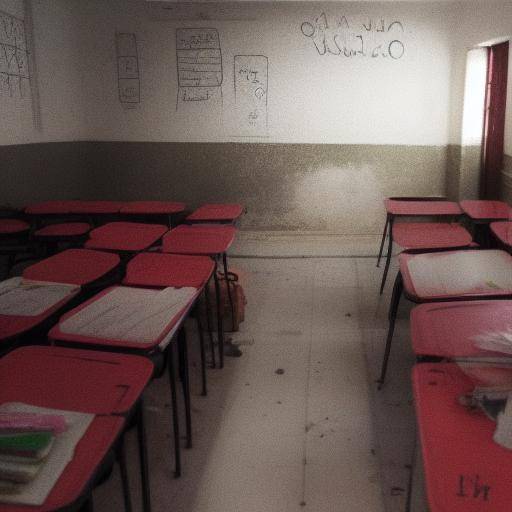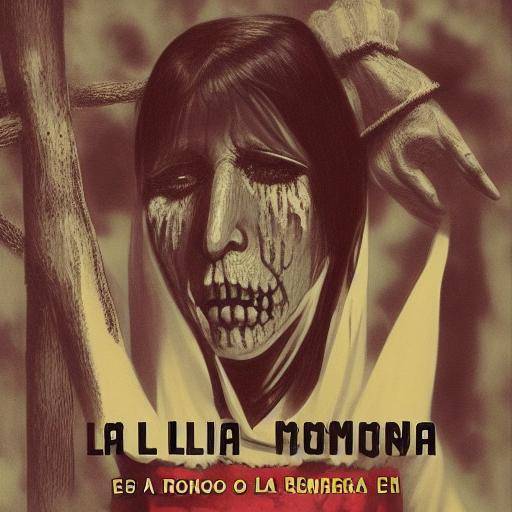
Introduction
Within the vast Hispanic-American mythology, La Llorona's account, a name wrapped in fear, tragedy and remorse, has left an imbominable mark. This lament across America has fascinated generations, inspiring songs, movies and generating nightmares. In this article, we will explore in depth the history, legends and cultural influence of La Llorona. We will discover how the mystery of the ghost and the river intertwine in this immortal narrative.
History and Background
The Llorona, deeply rooted in Latin American culture, has generated terror and awe over the centuries. Its origins date back to the pre-Hispanic era, being a female figure of legend wrapped in tragedy and remorse. Through accounts transmitted orally, La Llorona has become a symbol of loss, punishment and repentance.
Pre-Hispanic Origen
Before the Spanish conquest, Mesoamerica's indigenous cultures already had stories of ghost women wandering around rivers and lakes. In Aztec mythology, for example, there was Cihuacóatl, a female deity that cried for her lost children, preying the fall of the Aztec Empire. These stories laid the foundations for the legend of La Llorona we know today.
La Llorona Legend
The most common version of the legend tells the story of a woman named Mary, who, consumed by desperation after being abandoned by her lover, drowns her children in a river and then takes away her life. Condemned to wander forever in search of his children, his spirit mourns his loss with a tearing weep, "Woe, my children!"
Popular culture and adaptation
The figure of La Llorona has found its way in numerous cultural expressions, from folkloric songs to renowned film productions. The contemporary adaptation of this ancient legend demonstrates its validity and capacity to evoke fear and reflection in the modern audience. In the popular narrative, the link between the ghost, the river and the tragedy intertwined ominously, adding depth and mystery to the narrative of La Llorona.
In Music and Film
Songs like "La Llorona" in Mexican folk music have kept the legend alive, while films like "La Llorona" (2019) directed by Jayro Bustamante have reimagined the story for new audiences. These contemporary adaptations show how legend remains relevant, offering new interpretations and contexts for the weeping ghost.
In Literature
The legend of La Llorona has also been a rich source for literature. Writers like Rudolfo Anaya and Gloria Anzaldúa have explored the figure of La Llorona in their works, using the myth to address issues of identity, trauma and cultural resistance.
Deep analysis
The perception of La Llorona as a symbol of regret and condemnation often reflects the concerns and values rooted in society. In analyzing the different interpretations, the complexities of human tragedy and the universal fears that evoke are revealed. The ominous and tearful atmosphere that surrounds La Llorona places it in a unique place in the pantheon of folk tales, opening a range of interpretations around the deepest human emotions.
Symbols and Meanings
The figure of La Llorona can be interpreted in many ways:
- Loving Mother: It symbolizes the pain and repentance of a mother who has lost her children.
- Moral warning: Legend acts as a warning about the consequences of desperate acts and the importance of parental responsibility.
- Revenge Spirit: In some versions, La Llorona seeks revenge, representing divine justice or punishment for sins committed.
Psychology of Terror
The Llorona appeals to deep and universal fears, such as fear of loss, repentance and the unknown. His story touches emotional fibers and creates an immediate connection to the audience, ensuring that its impact is durable and disturbing.
Comprehensive review
The influence of La Llorona in contemporary culture is undeniable, transcending the barriers of time and space. From artistic representations to cultural celebrations, La Llorona remains an omnipresent symbol that causes astonishment, reflection and, in many cases, shudder. Its permanent presence in collective consciousness reveals the depth of its impact on popular culture, folklore and the psyche of people.
Celebrations and traditions
In many communities, especially in Mexico, the history of La Llorona is told during the Day of Dead and other festivities related to spirits and beyond. These celebrations keep the legend alive and allow the new generations to become familiar with the myth.
Comparative analysis
By comparing the history of La Llorona with other legends of ghosts and rivers in the Spanish-American tradition, we discover fascinating parallels and distinctive differences that enrich our understanding of these ancestral narratives. The interconnection between the tormented ghost, the symbolic river and the human tragedy raises a deeper understanding of the cultural and emotional elements shared in regional mythologies.
Comparisons with Other Legends
- The Lady of White: In Europe, there are legends of white ladies who cry for their lost children or lovers, showing similarities with La Llorona.
- Irish Banshees: Banshees are feminine spirits that weep for the imminent death of a relative, reflecting the appearance of omen and lament of La Llorona.
Practical Tips and Accessible Recommendations
Meetings with La Llorona
- Stay calm: If you ever listen to La Llorona's regret, it is crucial to maintain calm and avoid direct confrontation.
- Knowing the Context: In studying the history of La Llorona, it is essential to understand the cultural and social context that influenced her appearance.
- Respect Tradition: By exploring the figure of La Llorona, do it with respect to the cultures that have kept this legend alive.
Conclusion
The Llorona, with its eternal lament and tragic history, remains one of the most fascinating and terrifying legends of Latin America. Its impact on popular culture, literature and cinema demonstrates its lasting power and ability to resonate with the deepest human emotions. In exploring the legend of La Llorona, we not only enter into a tale of terror, but also discover a rich narrative that reflects the fears, repentance and hopes of people over time.
Final Reflection
The legend of La Llorona reminds us of the universality of fear and repentance, connecting people through generations and cultures. His story, which has been told and rebuilt countless times, remains relevant today, offering lessons about human nature and the consequences of our actions.
Frequently asked questions (FAQs)
- Who's La Llorona?
- Llorona is a legendary ghost in Hispanic American culture, known for its eternal lament in search of their lost children.
- What is the origin of the legend of La Llorona?
- Legend has pre-Hispanic roots, with influences of Aztec mythology and other indigenous cultures of Mesoamerica.
- Why is the legend of La Llorona still popular?
- His ability to evoke fear and compassion, as well as his continual adaptation in popular culture, keeps the legend alive.
- How is La Llorona represented in contemporary culture?
- The Llorona appears in songs, films, literature and cultural celebrations, reflecting its continued relevance.
- What is the symbol of La Llorona?
- Llorona symbolizes pain, repentance and moral warning about the consequences of our actions.
Explore the legend of La Llorona and discover how this eternal lament has left an indelible mark on the culture and folklore of Latin America!

